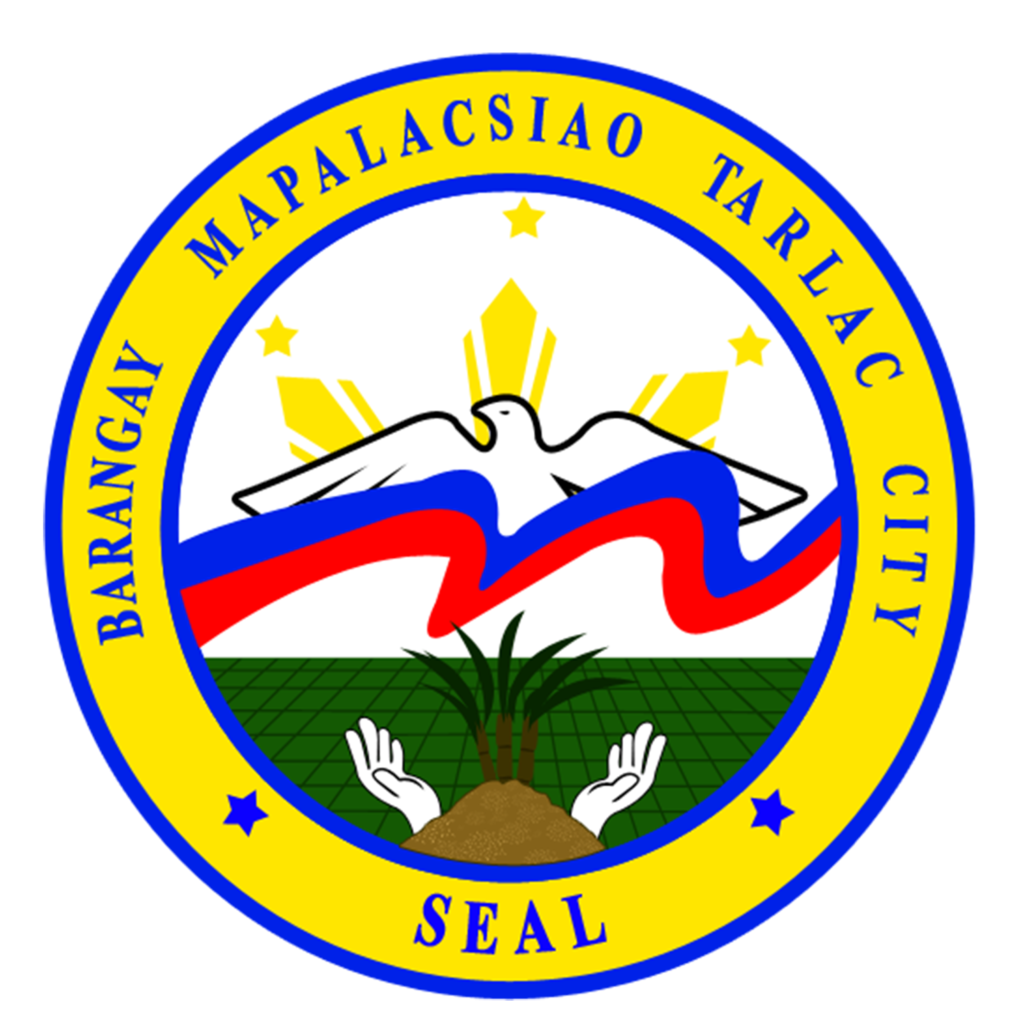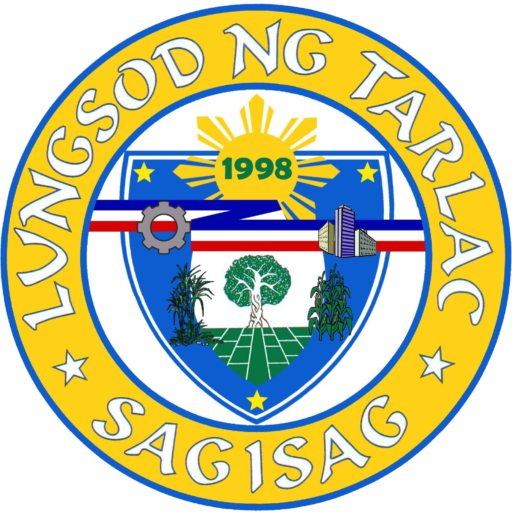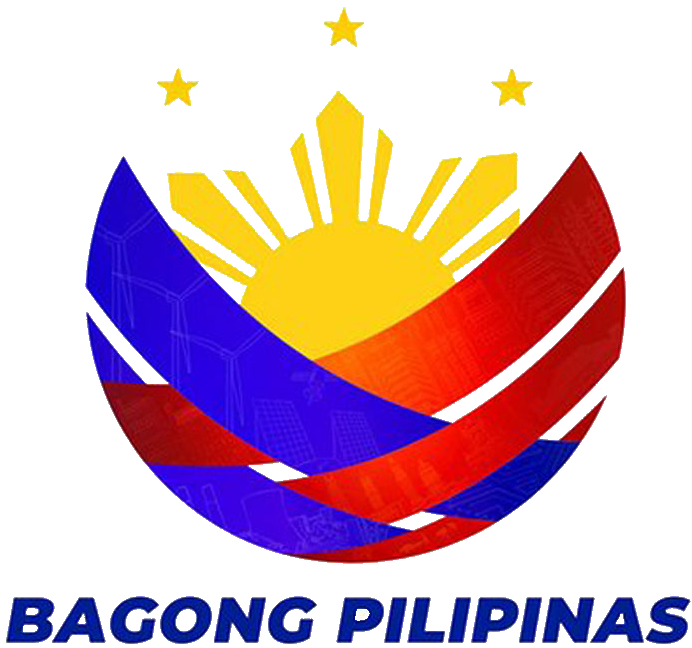
BARANGAY MAPALACSIAO HISTORY
Barangay Mapalacsiao is one of the 24 barangays enclosed in the South District Division of Barangays in Tarlac City. Barangay Asturias bound it on the North, Barangay Central on the West, and Municipality of Lapaz on the East.
It is approximately 12.6 kilometers away from city proper. It has a total land area of 189.03 hectares. The whole area designated to a residential and commercial area.
It also divided into three sitio’s namely: Sitio Maligaya, Sitio Masibucan, Sitio Silangan.
Barangay Mapalacsiao classified as Rural Barangay, it has a total population of four thousand seven hundred eighty three (4, 783) as of 2005, and a household population of nine hundred sixty seven (967).
Barangay Mapalacsiao residents were almost hacienda workers. Approximately 10% of the residents here were factory workers in International Wiring System (IWS), Sanyo and Central Azucarera de Tarlac. At present, there is a massive unemployment due to unresolved dispute between the labor and management of Hacienda Luisita. For their survival and daily living, people planted vegetables, and tree bearing fruits in their backyards. The vast land of sugar cane plantation turned to garden of grasses and weeds. Other residents find another employer so that they could sustain the everyday needs.
At early time before it has established as barangay in Tarlac, it was just forestry where different trees, grass and wild animals lived. At early times, farmers are using “Palachio” as their tool for cleaning and trimming grasses. It also called as are made in steel bar sharpened at one edge that serves as a cutting tool. The handle of this axe is made of wood. The name “Mapalacsiao” was derived from the Pampango word “Mapalat” which meaning full of grass and weeds and from Pampango word “Palatchio” which means an axe used by the residence of this area as their cutting tool. From the two words “Mapalat” and “Palatchio” the name “Mapalacsiao” was originated.
Among the pioneers of this place were almost Spaniards namely Don Alvaro Adoma Adumarais, Doña Lopez and so on.
Eighty percent of the total populations are Pampango, and the rest are Tagalog, Bisaya, Pangasinense, and Ilocano.
Barangay Mapalacsiao celebrates their feast day every December 08 as thanlsgiving to their Patron Immaculate Conception. The Immaculate Conception is, according to Roman Catholic dogma, the conception of Mary, the mother of Jesus without any stain of original sin, in her mother’s womb: the dogma thus says that, from the first moment of her existence, she was preserved by God from the lack of sanctifying grace that afflicts mankind, and that she was instead filled with divine grace. It is further believed that she lived a life completely free from sin. Her immaculate conception in the womb of her mother, by normal sexual intercourse (Christian tradition identifies her parents as Sts. Joachim and Anne), should not be confused with the doctrine of the virginal conception of her son Jesus.

